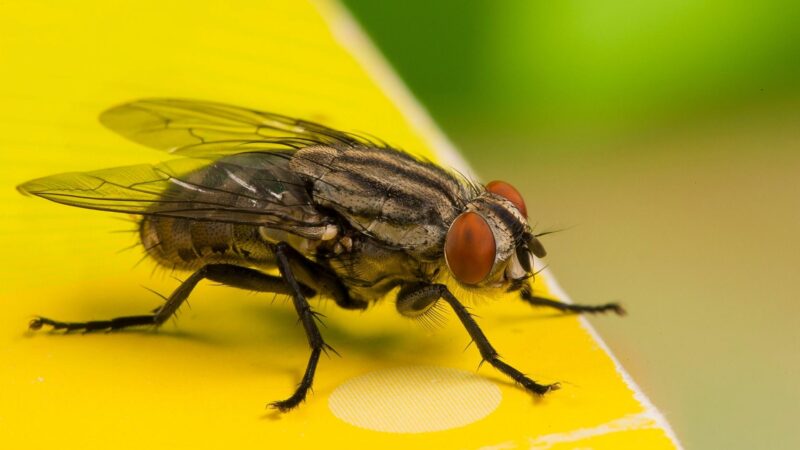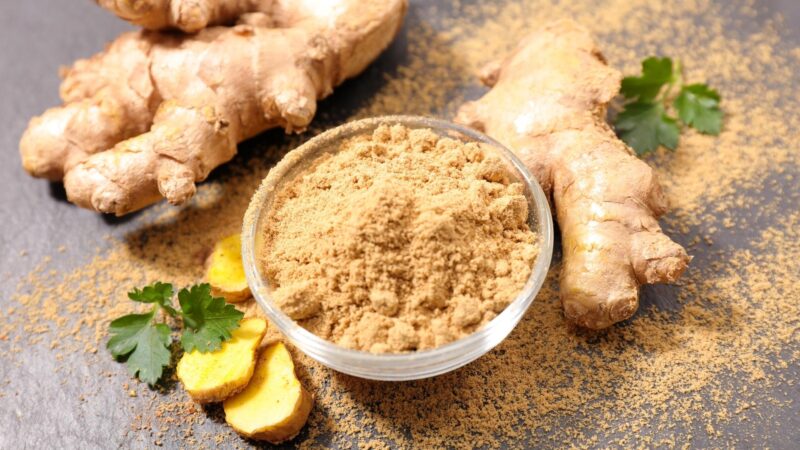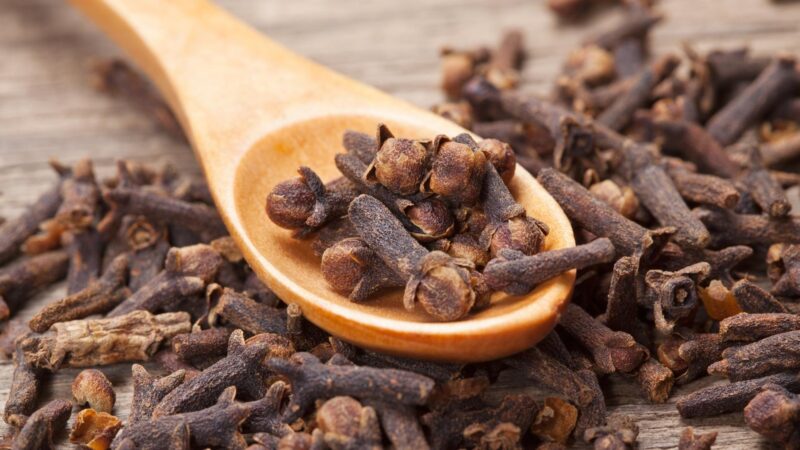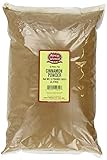Whether they are indoors or outdoors, flies that are buzzing around and landing on our foods are scenes we hate to see. To add to the problem, these disgusting pests are present at any time of the day. Also, most insecticides contain harmful chemicals. Fortunately, there are some homemade fly repellents to choose from.
There is no single best DIY repellent, as most of them work well. This includes apple cider vinegar trap, basil, cayenne pepper, cloves, cinnamon, fly-trapping plants such as Venus flytrap, ginger, rotten fruits trap, wine or beer, and a fly trap consisting of milk, sugar, and black pepper.
Not all DIY (Do it yourself) fly repellents are the same. Most of them use scent to drive flies away, but preparation and application can be different. Some of them are also more effective when combined. This article will teach you the 10 best homemade fly repellents, how they work, and how to use them. Read until the end.
Are House Flies Harmful to Humans?

Houseflies are harmful to humans. Scientifically known as Musca domestica, house flies lay eggs on human and animal feces, which provide nutrients to their bodies. They eat poop, rotting food, and garbage. No wonder house flies carry bacteria and viruses and transmit them to humans through food and wounds.
Houseflies are highly suspected of transmitting at least 65 infectious diseases to humans. This includes anthrax, cholera, dysentery, eye and skin infections, E. coli, food poisoning, leprosy, poliomyelitis, tuberculosis, tularemia, typhoid fever, and yaws. Nevertheless, these pesky pests don’t bite or sting humans and pets.
DIY Fly Repellents
1. How to Get Rid of Flies Using Ginger Spray?

Ginger is a useful ingredient in many dishes and is also an effective antioxidant. However, it also has a very powerful odor that flies hate but will not kill them. To use a ginger spray to repel flies, put 1 teaspoon of ginger powder in a spray bottle with water. Stir vigorously and spray it in fly-infested areas such as the kitchen.
2. How to Get Rid of Flies Using Basil?
Basil is a culinary herb that has several health benefits. This herb also releases an aroma smell that flies hate. There are several ways to use basil as a fly repellent. Plant basil seeds in the soil or a pot indoors. Get some basil leaves and rub them on your arms and legs, so these irritating pests will not go near you.
Alternatively, pick some fresh basil leaves, and mix them with boiling water in a jar. Then, cover the jar and leave it for at least four hours. Shake the jar a few times to speed up the mixing. Spray the solution directly to your skin to repel flies. If you don’t have a basil plant, you can use basil essential oil solution.
- 100% Pure Basil Essential Oil, USDA Certified Organic & Highly...
- This Basil essential oil is a 100% Pure highly concentrated and...
- Sourced from India. Botanical name: Ocimum basilicum, Steam...
- Basil Essential oil has a fresh, herbaceous aroma. It blends well...
- Natural, Unfiltered, Undiluted, No Toxins, No Additives, No...
3. How to Get Rid of Flies Using Cloves?

Cloves have antioxidant and anti-microbial properties, which offer a lot of health benefits. Dried clove flowers also have a subtle smell that flies hate. Hence, there are several ways of using cloves as a DIY fly repellent. The simplest way is to place whole cloves near doorways and windows. Below are the other methods:
Poke whole cloves around an apple and place the fruit at the center of your food table. Alternatively, slice a lemon in half and stick some cloves inside. To use clove essential oil , mix 1 part with 10 parts of rubbing alcohol or any carrier oil. Apply the lotion to your skin, and avoid getting it into your mouth and eyes.
- Aromatic McCormick Gourmet Organic Wholes Cloves have a sweet...
- Our carefully sourced wholes cloves are certified Organic and non...
- For stews, pot roasts, pickling blends and poached fruit
- Adds warm, spicy-sweet flavor to mulled cider or red wine and...
- Use whole cloves to stud a ham
4. How to Get Rid of Flies Using Cinnamon?
Like basil and cloves, cinnamon repels flies, mosquitoes, and other insects. Although this spice is a great cooking ingredient and helps reduce bad breath, it has a very strong smell that flies cannot tolerate. If there are flies inside your house, sprinkle some cinnamon powder on the table, floor, and window sills.
- PREMIUM CINNAMON POWDER: Unleash the aromatic richness of our...
- VERSATILE SPICE FOR DELIGHTFUL CREATIONS: Elevate your coffee,...
- GROUND CASSIA CINNAMON: Derived from the finest cassia cinnamon...
- SOURCED FROM VIETNAM'S FINEST: Our cinnamon powder is carefully...
- AUTHENTIC SPICE JOURNEY: Embark on a culinary adventure with our...
According to a study, a cinnamon essential oil is better at repelling fly larvae (maggots) than adult houseflies and kills more flies than lavender essential oil. Mixing both essential oils is also less effective in repelling houseflies, as the same study suggested. Instead, mix it with carrier oil to use it as a fly repellent spray.
Related: What Scents Will Keep Flies Away? | Instant Results!
5. How to Get Rid of Flies Using Beer or Wine?

Beer and wine also attract flies, so save some drops and don’t throw away those empty bottles yet. Instead, leave them on the table for a few hours. Soon after, flies will be tempted to enter the bottle. Since beer and wine bottles have narrow necks and tall bodies, the flies will reach the bottom but will no longer get out.
6. How to Get Rid of Flies Using Cayenne Pepper?
Cayenne pepper contains capsaicin, a chemical that is used for cooking and food preparation but can irritate humans, mammals, and insects. To use it as a fly repellent, mix one teaspoon of cayenne pepper with one cup of water. Spray it on fly-infested areas but not on your skin, clothing, and other sensitive surfaces.
7. How to Get Rid of Flies Using Milk, Sugar, and Black Pepper?

The purpose here is to fool and trap stubborn fruit flies. Put 2 teaspoons of sugar into 1/2 cup of milk. Heat them on a stove and stir until the sugar is dissolved. Add some drops of dishwashing soap, which will make the mixture sticky. Sprinkle black pepper and pour the mixture into a bowl, and leave it in fly-infested areas.
8. How to Get Rid of Flies Using Fly-Trapping Plants?
Venus Flytrap
Scientifically known as Dionaea muscipula, the Venus flytrap is the most famous carnivorous plant in the world. As the name implies, this perennial plant traps and eats flies and other insects that get into contact with its sweet-smelling, two-lobed leaves. The plant then releases digestive juices to dissolve its poor victims alive.
Tropical Pitcher Plant
Scientifically known as Nepenthes, the tropical pitcher plant is a carnivorous plant that traps and eats not only insects but also mice! Pitcher plants have slippery pitcher-like leaves called pitfall traps, hence the name. Their lips have nectar that attracts flies. Once inside, victims fall into the pool of digestive enzymes.
Sundew Plant
The sundew plant (Drosera) is one of the largest groups of carnivorous plants. Sundew leaves have very sticky, long tentacles with dew droplets shining like a sun, hence their name. Once flies are attracted to the nectar, they can no longer escape, and the plant releases digestive juice to break down the insect’s tissue.
9. How to Get Rid of Flies Using Apple Cider Vinegar?
Flies, especially fruit flies (Drosophila melanogaster) are attracted to apple cider vinegar because it smells like rotting or overripe fruit. White vinegar lacks sweetness, so flies are less attracted to it. On the other hand, malt vinegar repels flies. With that, here’s how to make an apple cider vinegar trap to get rid of flies:
- Pour apple cider vinegar into a bowl or a cup.
- Add some drops of dishwashing soap.
- Don’t mix, and don’t cover it.
- Leave it where there are fruit flies.
- In a few moments, you will see some drowned fruit flies.
10. How to Get Rid of Flies Using Rotten Fruits?
If you don’t have apple cider vinegar, you can also use any rotten fruit, such as apples and bananas. Although less effective than apple cider vinegar, it can still trap fruit flies well, especially if you use different kinds of rotten fruits. Here are the simple steps on how to use rotten fruits to get rid of fruit flies effectively:
- Chop rotten fruits into small blocks.
- Put them in a bowl or a jar.
- Cover it with plastic.
- Secure the lid with a rubber band.
- Using a toothpick, poke some small holes as entry points for flies.
- Flies attracted to it will enter, but they can no longer escape.
Is Killing Fly Eggs Effective in Getting Rid of Flies?
Killing fly eggs are effective in getting rid of flies. A single female housefly can lay up to 500 eggs in her lifetime. Females lay 75-150 eggs, usually in moist areas with decaying organic materials such as fruits, feces, and garbage. This is why cleanliness and proper sanitation can help a lot in getting rid of adult flies.
Again, flies are inevitable if your house has exposed food, dirty toilets, and open garbage cans. But then, a clean house can also have flies if there are damaged window screens or dead animals in the attic or within the walls. DIY fly repellents are effective, as well as fly killer spray. However, preventive measures are a must.
Related: House Fly Control: How To Get Rid of House Flies?
List of Sources
Sanchez-Arroyo, H. and Capinera, J. L. (2020). House Fly. University of Florida.
Jacobs, S. (2017). House Flies. PennState Extension.
Gervais, J. A., Luukinen, B., Buhl, K., Stone, D. (2008). Capsaicin General Fact Sheet. National Pesticide Information Center, Oregon State University Extension Services.
Khater, H. F. Geden, C. J. (2019). Efficacy and repellency of some essential oils and their blends against larval and adult house flies, Musca domestica L. (Diptera: Muscidae). Wiley Online Library.
- How to Get Rid of Turtles | Proven Long-Term Solutions! - August 26, 2023
- How to Get Rid of Kingsnakes | Easy & Humane! - August 26, 2023
- How to Get Rid of Northern Water Snakes | Best Solutions and Preventative Measures! - August 19, 2023



